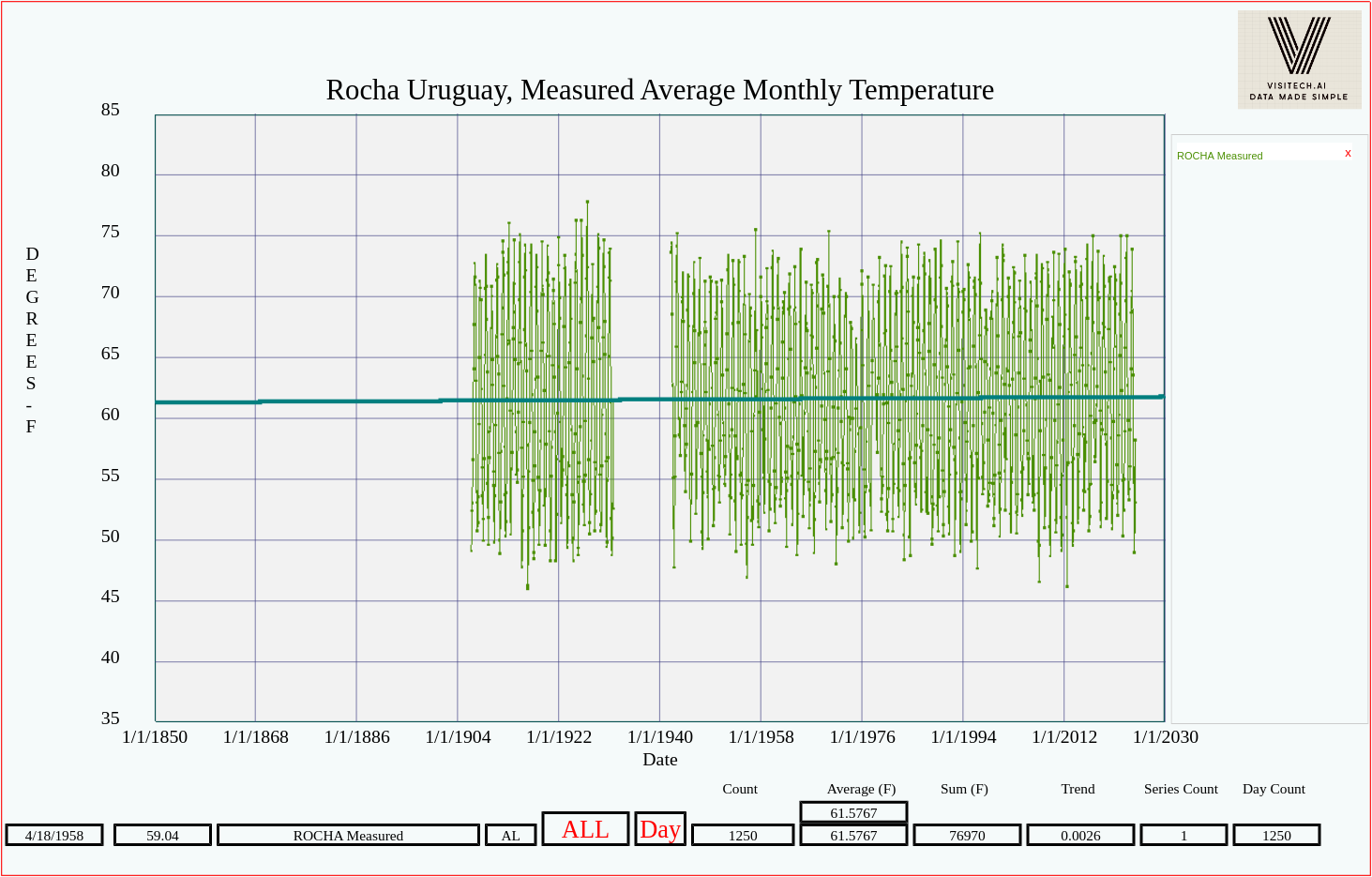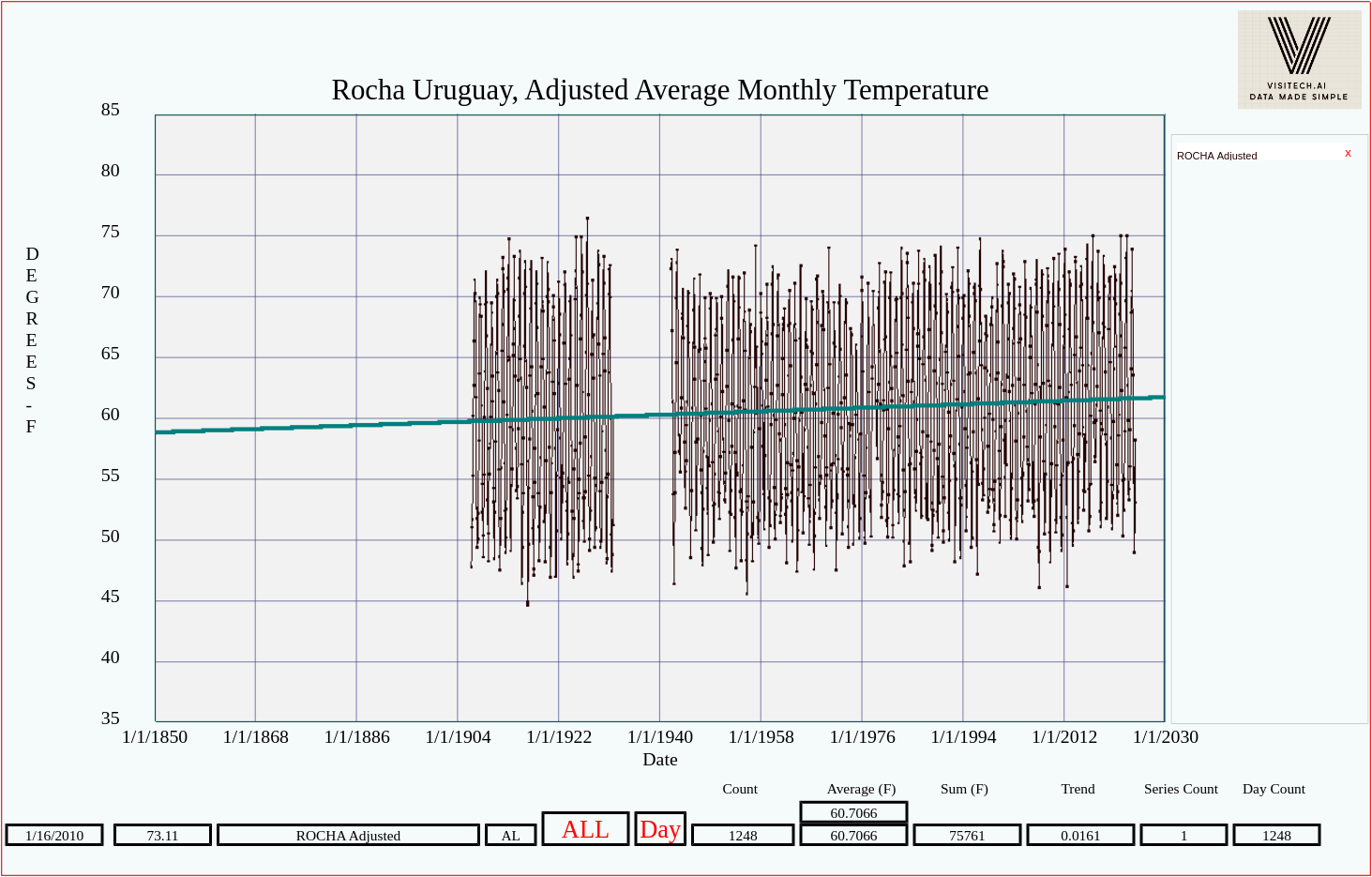“According to NASA’s James Hansen, the safe upper limit for atmospheric CO2 is no more than 350 ppm.
Based on the information provided in the search results, we can infer that CO2 levels in 1791 were considered safe.”


“Flood history research shows that many large floods occurred in the early years of settlement in the vicinity of Asheville.
The weight of evidence indicates that there was such a great flood in 1791 and that it probably exceeded the 1916 flood on Swannanoa River and most of its tributaries by a substantial amount.”


TVA-0-6198-0563 (2).pdf
No rain fell in San Diego during 1791.

Mar 02, 1906, page 30 – The Los Angeles Times at Newspapers.com
There was severe drought on the east coast as well.

Have You Ever Seen the Rain?: The 1791 Drought’s Damage to Agriculture at Montpelier
New South Wales experienced extreme drought.

27 Jun 1902 – Drought. – Trove
A hurricane in Cuba killed three thousand people.

Weather Underground































